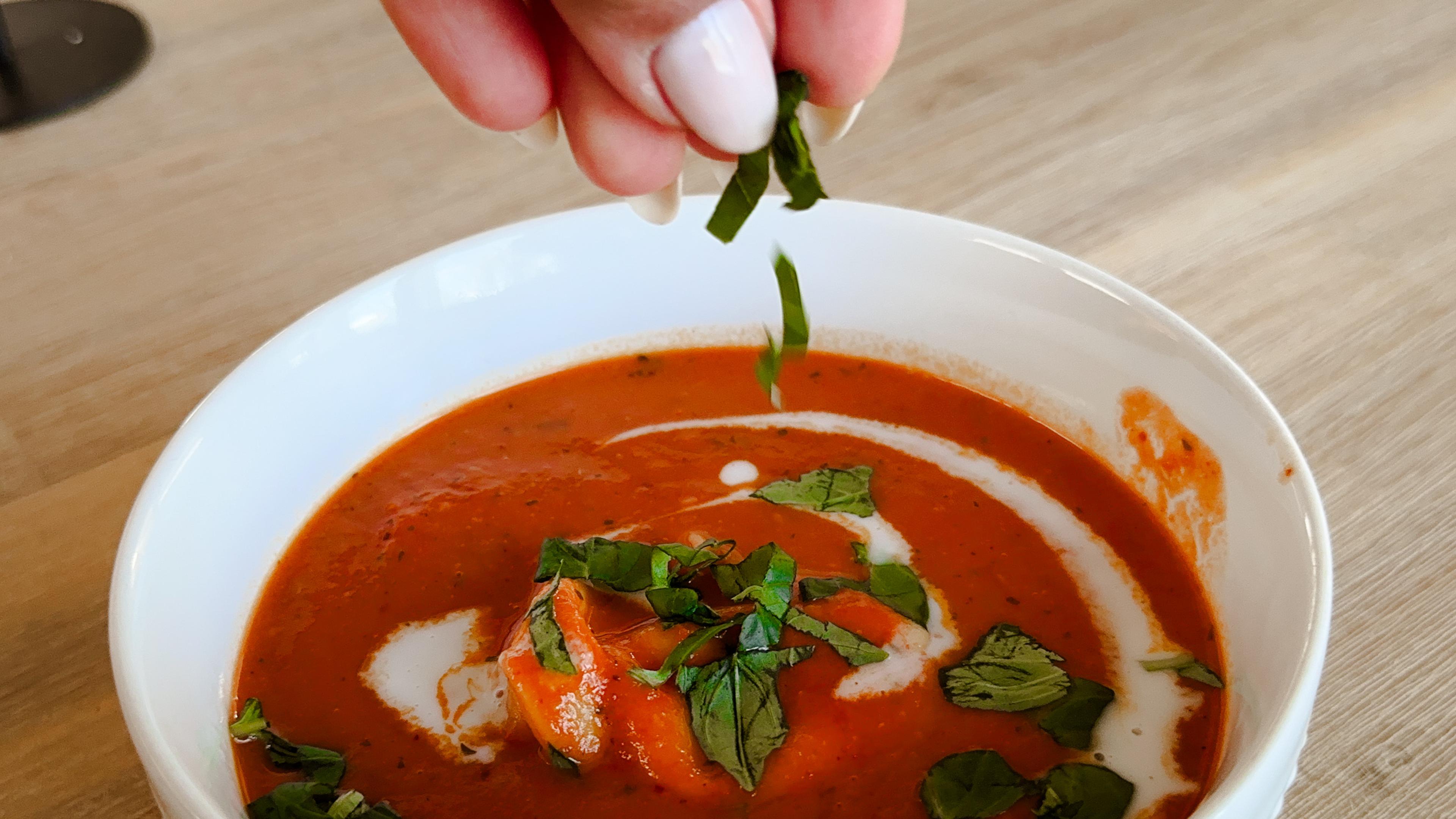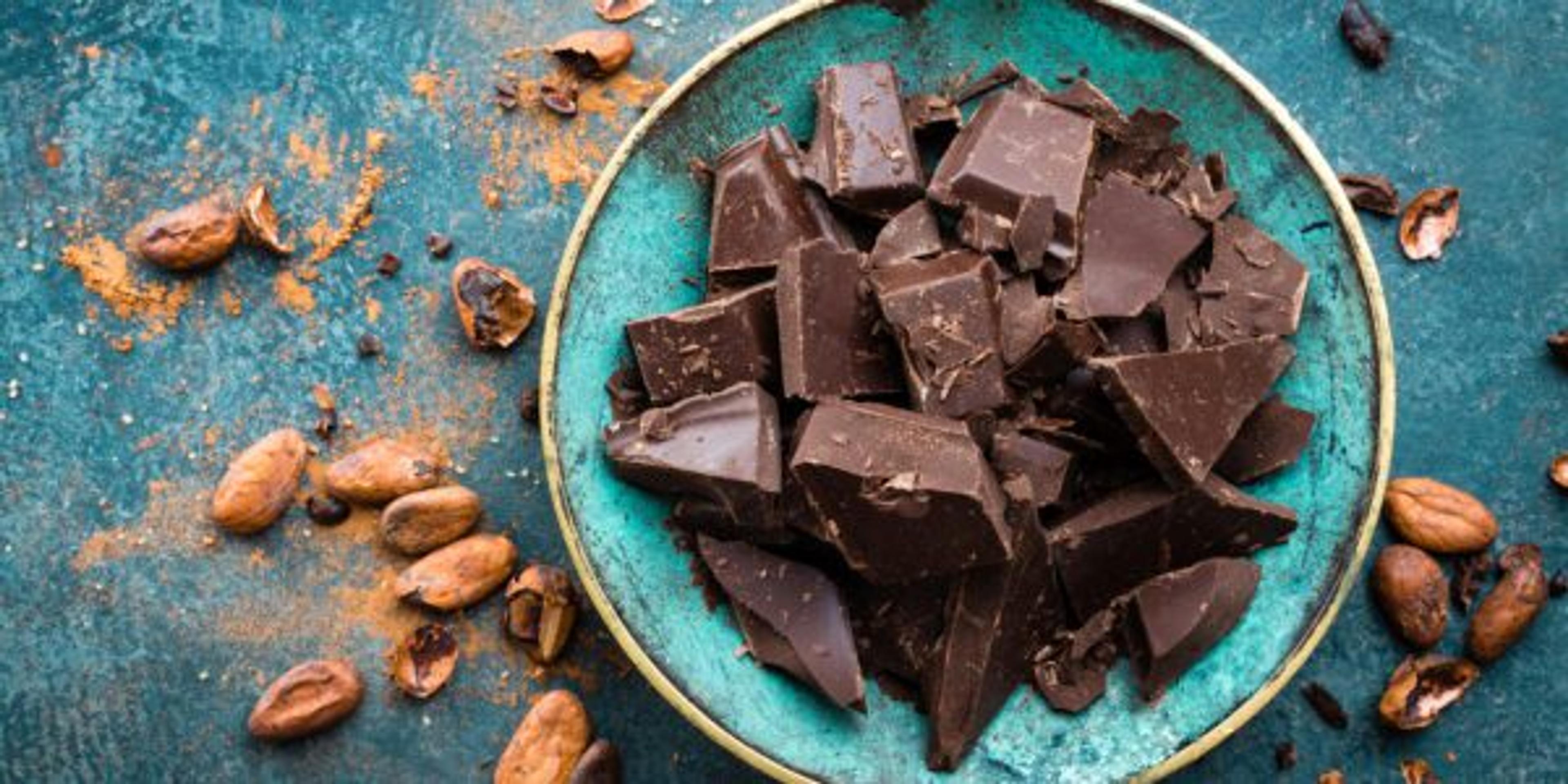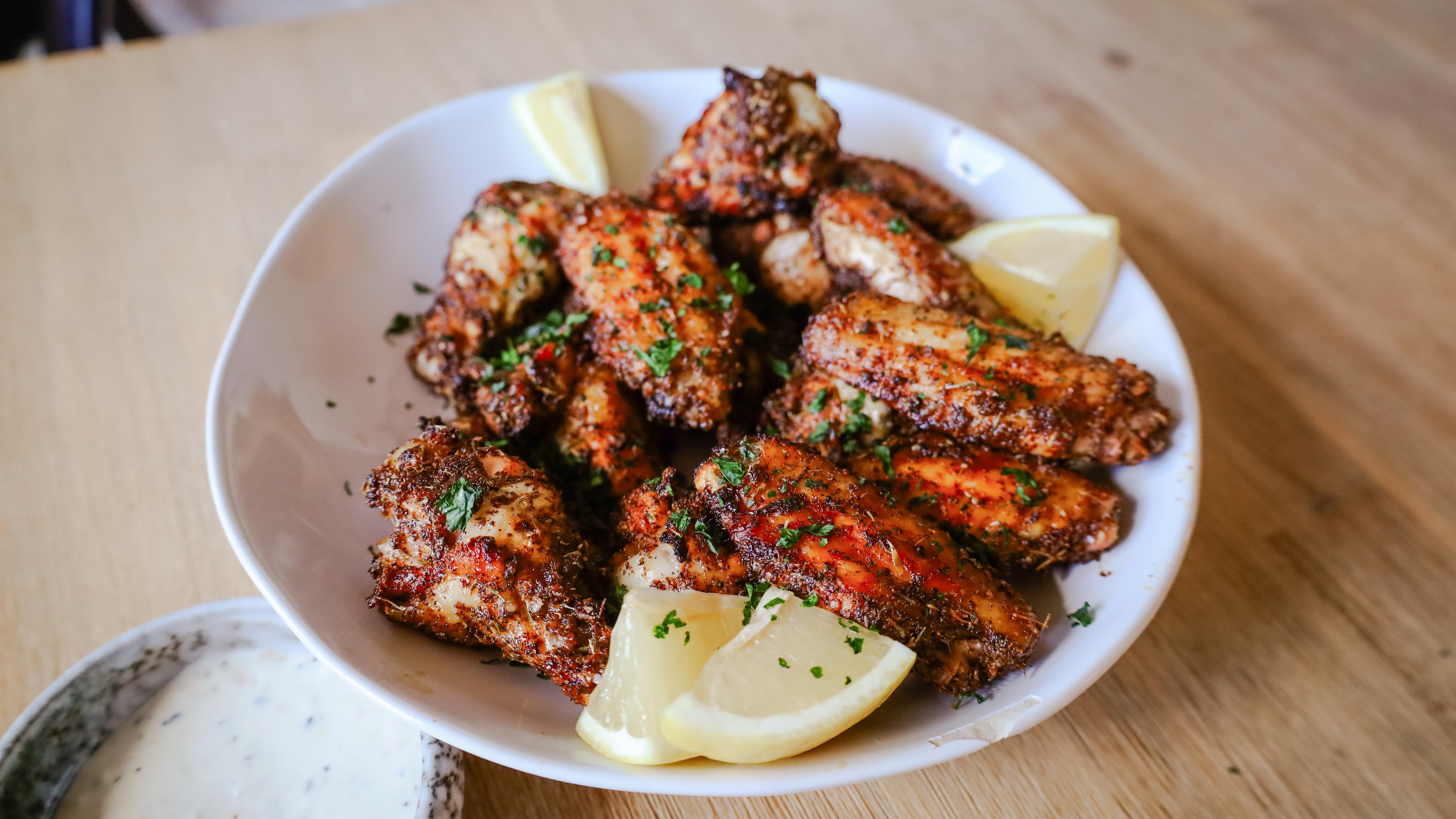Working my way to a healthier me, one piece of the puzzle at a time.
Why should you incorporate more fiber in your diet?
3 min read

Fiber tends to be one of those things that people glance over when reading nutrition facts. Most of us have a vague idea that it helps with digestion, but we don’t understand it, so we undervalue the effect this has on other aspects of our health. So what is fiber and why should we incorporate it into our diet?
The term fiber refers to carbohydrates that are resistant to the action of digestive enzymes. If that means as little to you as it first did to me, it’s easier to understand fiber when it’s broken down by type: soluble and insoluble.
- Soluble fiber absorbs water and binds food, sugars, cholesterol and fat together during digestion and slows their absorption into the body, causing you feel fuller longer. Ex: Oatmeal, nuts, legumes, beans, apples, strawberries
- Insoluble fiber passes through the system largely intact and promotes regularity, prevents constipation, and clears toxins. Ex: Whole grain products, green beans, and fruit skins.
There’s a lengthy list of reasons to embrace a high-fiber diet. Not only does fiber aid in digestion, but it also significantly reduces the risk of heart disease, improves blood sugar levels for people with diabetes, and may help cut cholesterol. Incorporating fiber into every meal can also help you shed pounds. When I eat a fibrous meal, I find I’m full for much longer, keeping me away from empty calorie snacks.
The Institute of Medicine recommends the following daily quantities:
- Men
- < 50 38 grams
- > 50 30 grams
- Women
- < 50 25 grams
- > 50 21 grams
The average American, however, only eats 15 grams of dietary fiber per day. The best advice I was given to get my daily numbers up was to replace all the refined grains in my cart (white pasta, white rice, white flour) with whole grains. The grain-refining process decreases fiber content when it removes the bran, or outer coat, from the grain. A Journal of Nutrition study reported that cereal fiber, the type of fiber found in non-refined whole grain, is also linked with a lower total percent body fat.
The infographic shows some heart healthy fruits and vegetables that are full of fiber. Below are some of my favorite fibrous foods and the fiber content in them per measure:
Description Content Per Measure Black Beans 1 cup = 15 g Couscous 1 cup = 8.7 g Green Peas 1 cup = 8.3 g Raspberries 1 cup = 8 g Pears 1 medium = 5.5 g Sweet Potatoes 1 potato = 4.8 g Brown Rice, Cooked 1 cup = 3.5 g Almonds 1 ounce (23 nuts) = 3.5 g Air-Popped Popcorn 3 cups = 3.5 g
*USDA National Nutrient Database for Standard Reference, 2012
Infographic credit: Sunwarrior










